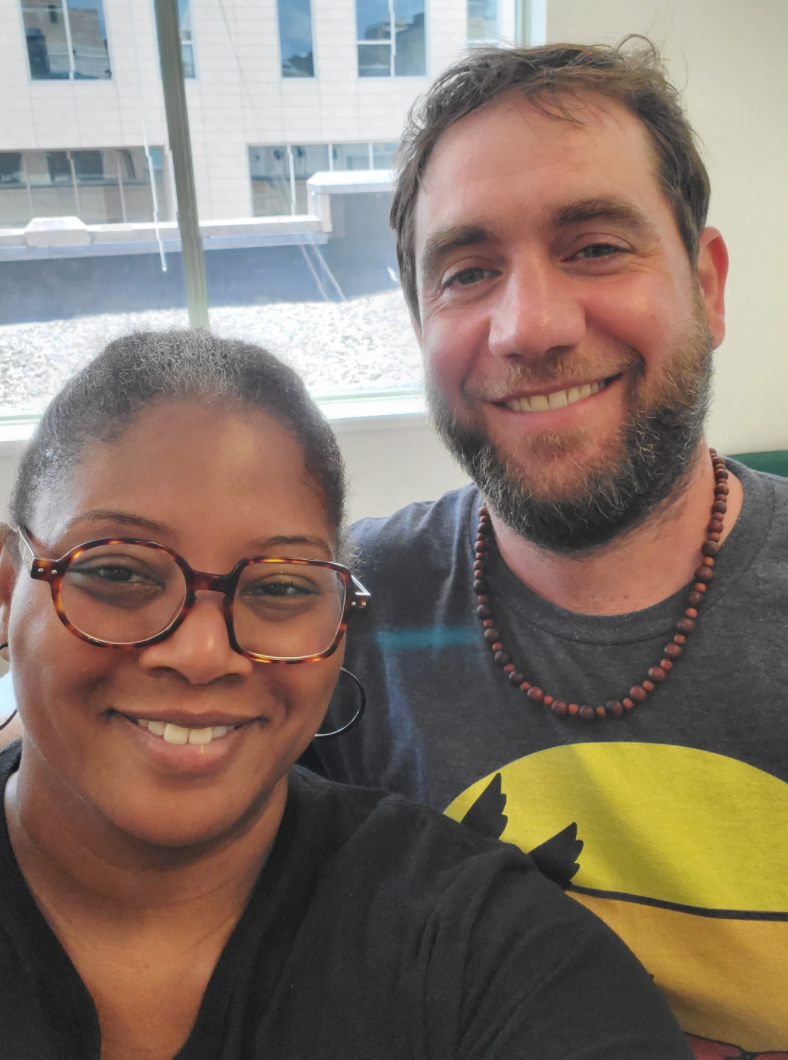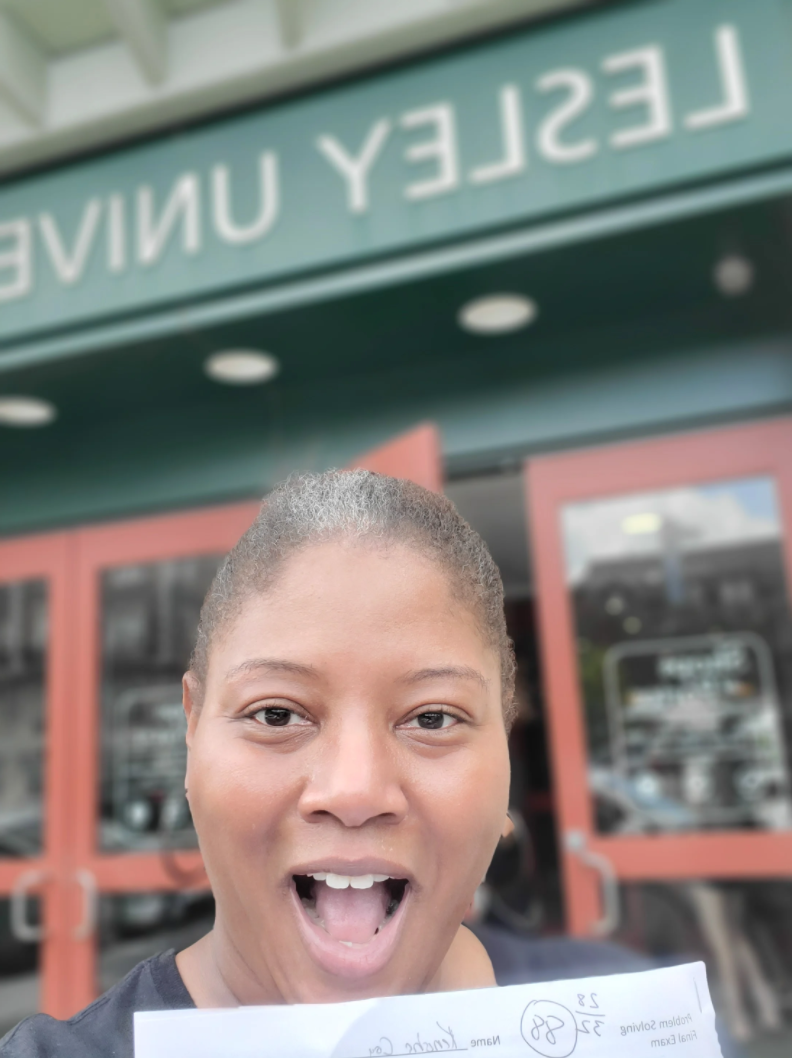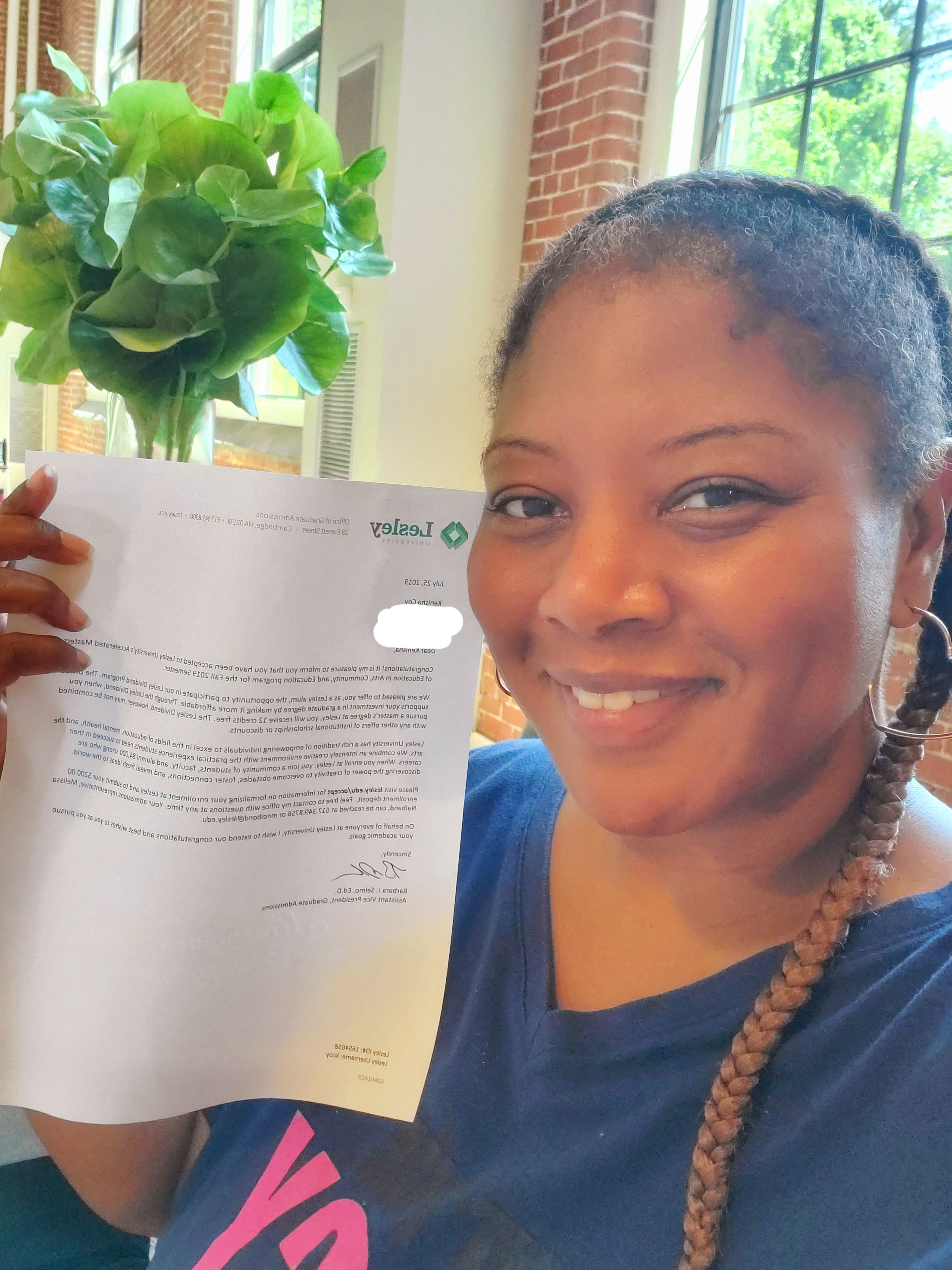
Millions of students begin their higher education track without completing their degrees. Until 2019, I was one of them. InsideHighered.com reports, “36 million Americans left college without a credential, including 3.8 million who returned to college in the last five years, nearly one million of whom completed.” Armed with over 90 credits from my original institution of attendance, I had an associate degree and, due to a myriad of incidents, had no desire to continue. According to Career Prep Academy, this is, unfortunately, a common tale. “In most colleges, such guidance does not exist. It’s a sink or swim environment; if a student doesn’t have direction or even know what their strengths are, they are likely to float around, and switch majors many times.”
It wasn’t that I didn’t want to complete my education. I’m a firm believer in completing one’s goals. Whether it’s books that lose their appeal, the last squares on a toilet paper roll, or getting my Black Belt and becoming an instructor, these and other life markers coincide with my belief that one should finish what they start.
The challenge for me was two-fold. While wanting to continue my education, I also wanted to be clear regarding the path I would take toward degree completion. It’s an expensive enterprise for one to flounder! What did I want to do when I “grew up” was a huge consideration. This was a loaded question. I had held various positions over twenty years spanning education, after school and summer camp business management, call center experiences, and many other jobs while trying to figure out what I wanted to do with my life. I knew that I loved art, loved words, and loved helping people, but being told since childhood that these subjects and interests were unsuitable for making a living, I felt stuck. How is it that what is so strong within me isn’t valuable and able to become something of merit and worth? This directly correlated to the dysfunctional formulas from my developmental years, which often resulted in being beaten for not understanding how to compute and multiply with 100% accuracy. Lazy labeling to additional physical, emotional, and other abuses, I didn’t want to believe I was “lazy” or “stupid” but over time, I started subscribing to these labels. From believing I was stupid in math to outright accept it, I avoided math at all costs. Even when doing well in science and logic core subjects, I didn’t define it as a disruption to the narrative placed on me, because I didn’t identify “math” as being connected to these subjects. Much like Pavlov’s experiment achieved, I was conditioned to this fear formula and would disengage from anything math-related due to the affixed trauma. These dysfunctional quadratic formulas manifested as mental and emotional equations of worthlessness, and without having proper guidance, I found many situations that edified that narrative.
A {[(a+e)/(e+r)] x (v+w)} = P
ACCOUNTABILITY Access + Equity x Vulnerability
——————————————————– = Progress
(Empathy + Resources) and Willingness
My own healing helpful Equation!
Knowing what I wanted to do, but feeling stupid because of it, I was lost. I needed direction! I came across an article at a doctor’s office that spoke about art therapy. This is a thing?!! Yes! Through research I found not only was Art Therapy a “thing” but there were correlating professional options that would allow for art to be used as a way to serve. Great! Now what?
Thankfully, I was accepted into a master’s program at Lesley University where I assumed I would not have to take any math. While most of my transfer credits were accepted, the class I had been dreading was upon me. I needed one class to complete my degree and this last class was math.
Messing up in this class would not only delay completing my degree but my entire master’s program. I had to pass but if I was “math stupid” how would this happen? There were only two choices: address it or fail, and failing wasn’t an option. Before the summer class began, I asked some friends if they would tutor me. I went to specific “safe space” friends with whom I could share my previous math experiences. And even if the fear seemed unreasonable, it was nurtured from real events that produced multiple math meltdowns.
My new professor taught math and relayed the materials in a way I hadn’t ever experienced. He brought a very realistic approach to the subject. Most of the time it wasn’t easy, but more often than not, and especially with tutoring, it made sense. Over several weeks of classes and working out countless equations, my original statement of “hating math” started to fade into the background. I was finding it interesting! What was happening?! Instead of condemning me, Professor MathEmatics – (my nickname for him) said, “Math is simply problem-solving. Think of how much problems-solving goes into your day. You use math all of the time. There are just different ways of using it.” I started thinking about this. I use problem-solving in everything I do because I am solution-based at my core. I don’t like to live in the problem, I like to work towards a solution. It was true when getting out of a violent relationship. It was true when moving to a state with very little money and figuring things out after relatives said they would help me and didn’t. It was true about finding a school where I could figure out how I wanted to serve and help people. If these and additional exponents were true, why would math be any different? Thanks to Professor MathEmatics it was completely different. He used logic with clarity that was and still continues to be helpful.

When I began the class, my hope was for a “passable C” so that I could complete my degree. I ended up with a very high “B.” I was so proud of my effort and learning. In addition to creating an equation that helped me solve my mathematic pains from the past, these three steps were also helpful in achieving my EnvironMENTAL Math Healing: Confront, Question, and Conquer. Check it out:

- Confront It – This was a mountain-sized fear that lived in me for years. It felt overwhelming at times during this class because of the coursework and the memories of childhood hurts. My adult knowledge knew how wrong these things were, but felt they were beyond my control. While confronting my pain and anger, I was able to start releasing the hold they had on me. I didn’t realize the pain was still there. Just because something is unspoken doesn’t mean it goes away. In working out math problems I was also releasing trauma and unworthiness. Solving in one area helped me apply it in other areas. Letting go helped me realize that the dysfunction of those who contributed to my trauma didn’t have to be my continual function. Action was needed to replace the outdated one. This meant making a decision to overcome the recordings of the past and reboot myself with a new formula for my future design.
- Question It – I was often told I was dumb and lazy in math when that wasn’t true. There are some things I’m able to process quickly but other matters take a bit longer because I feel it
as well as think it through. I consider as many options and outcomes as possible. That’s not lazy, that’s thorough. While it is true I didn’t plant the original negative seed, I unconsciously, and later consciously, fertilized and nurtured that seed by avoiding anything related to math, associating it with my “math lack.” Dr. Brené Brown refers to this type of sequenced storytelling as confabulations, or “lies told honestly.” It couldn’t be a lie because these were things I had heard repeatedly. But in this situation, the previous unconscious storytelling got me to a point where running away wasn’t an option. The need for degree completion came at a time when I was ready to move on. This presented an opportunity for me to confront past narratives that didn’t align with who I was becoming and my direction. Questioning may feel uncomfortable, but it allows you to get to the root of the issue with more information and no fabrications or false creations. - Conquer It – We sometimes need people to see us when we are not able to see ourselves fully and wholly. These “character exponents” help us solve for the unknowns until they become known internally. While it is true this should happen during our developmental years, it often doesn’t, and some of the messages we get during that time need to be reconfigured. Conquering doesn’t mean it happens all at once. A decision to change may happen immediately, but the manifestation of that decision is transitory in nature and happens intermittently. This allows for alternative opportunities that may have been blocked previously.

Practice does not make perfect, but it does make permanent. We may not have been the originator of certain pains but when our lives aren’t going in the direction we’d like, we do have a responsibility to ourselves to choose a different path. It may take time and will probably be unpleasant for a while, but the other side of the pain is much healthier. You have to go through it to get to it. Life is a series of problem-solving opportunities indeed! Solve accordingly.
Kenisha Coy, Writer, Artrepreneur, Executive Director of the nonprofit My CARE Initiative, Healing Arts Practitioner and the RestorARTive Movement believes in breaking through the silences of hurt and shame-filled places, combining ‘compassion accountability and action’ research and varied art modalities to facilitate and create healthy hubs of healing within communities. As the creator of “Grow. Overcome. Empower” or G.O.E Day, this thought broker and leader worked to have this healing day recognized on the first Sunday of the first full weekend in October to address the intersection of abuse traumas, encourage healing and offer resources and support to both Survivors and Support systems to increase wellness and move forward individually and collectively.

